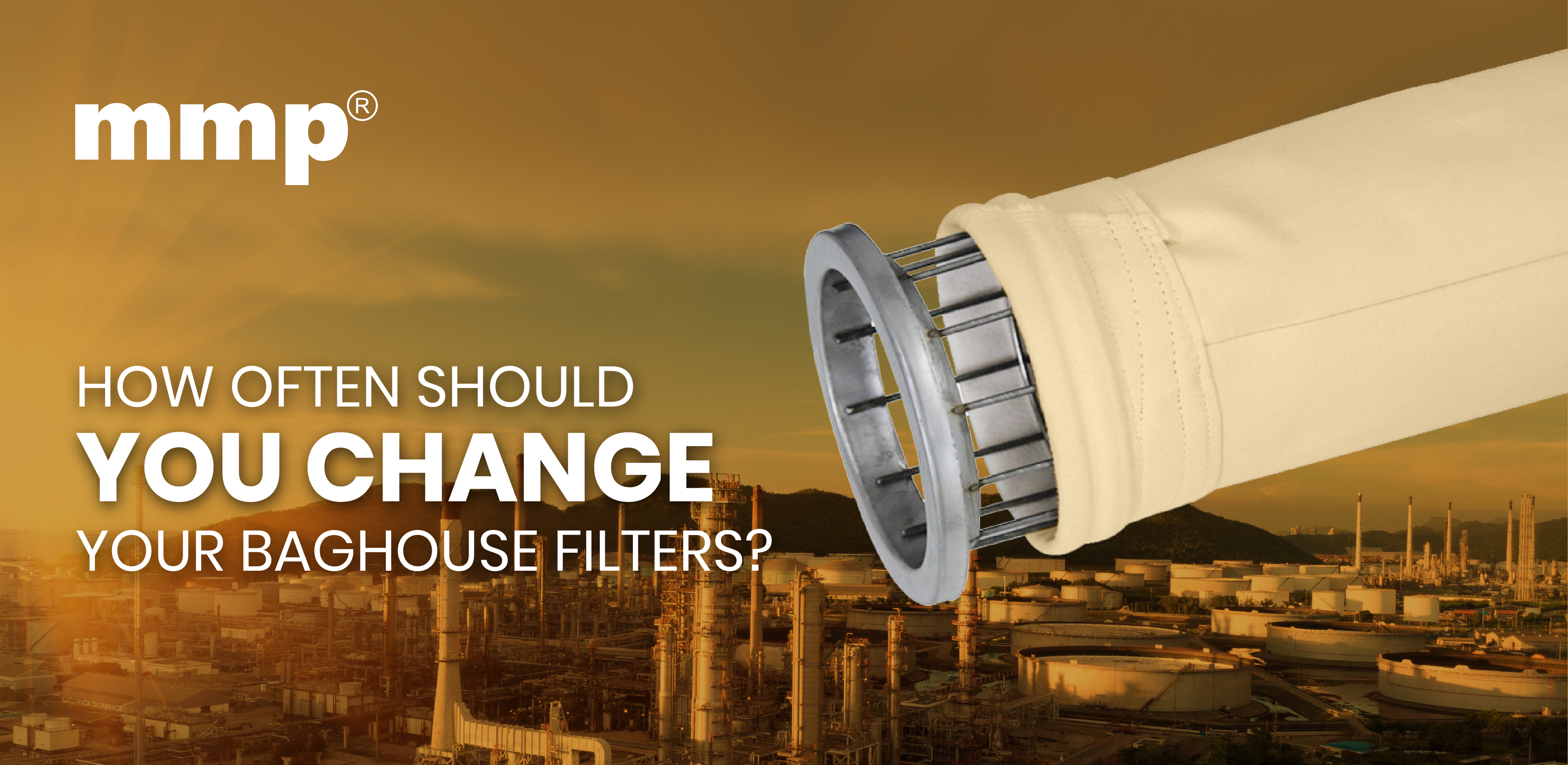
Oct 27 2023

In the realm of industrial air purification, selecting the perfect baghouse filter holds the key to maximize efficiency, extending filter lifespan, minimizing system downtime, and saving valuable resources. But one of the questions which are consistently asked is, "How often one needs to change baghouse filters?" The answer isn't a straightforward one. We will provide you with some valuable insights and a general rule to estimate your filter life. Let's delve into the world of baghouse filters and understand the nuances that determine their longevity.
Baghouse filters, typically have a useful life ranging from 1 to 3 years. However, this isn't a one-size-fits-all scenario. The lifespan depends on various factors such as the dust load, gas stream conditions, and the nature of the dust itself. Filters in applications with moderate conditions – where the dust isn't excessively heavy or corrosive – tend to last within this average range.
A properly sized dust collector with plenty of filter area, collecting room temperature dust, running one shift, properly maintained, may only need the filters changed every three years. An undersized collector, run continuously for 24 hours per day, collecting an abrasive dust (silica dust, metal shavings, etc.) at elevated temperatures will certainly require filter changes more often, perhaps as often as monthly in some cases.
Understanding why bag filters fail is as crucial as knowing when to change them. Filters can deteriorate due to the following reasons:
In conclusion, the frequency of changing your baghouse filters depends on a multitude of factors. Regular inspections and understanding the signs of filter failure are key to ensuring your dust collector functions optimally. mmp provides high-quality dust collector filter bags which are designed to meet the needs of various industrial processes which makes make air clean of fumes, mist and dust.
Our experts can assist you in selecting the best baghouse filter option for your application. Contact us today for an expert visit and help you determine what areas of your operation you could improve.
©Copyright 2026 mmp Filter. All Rights Reserved.